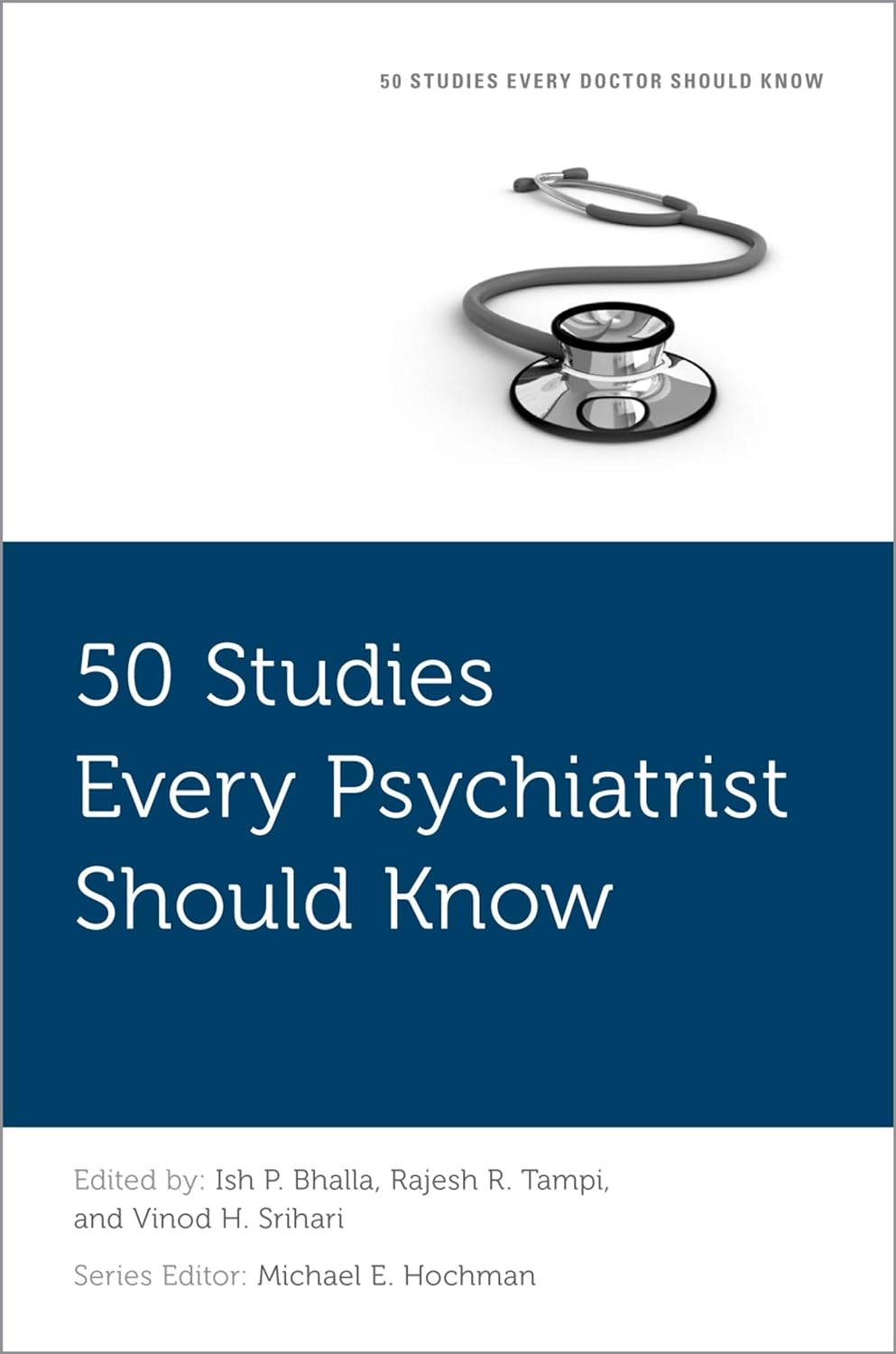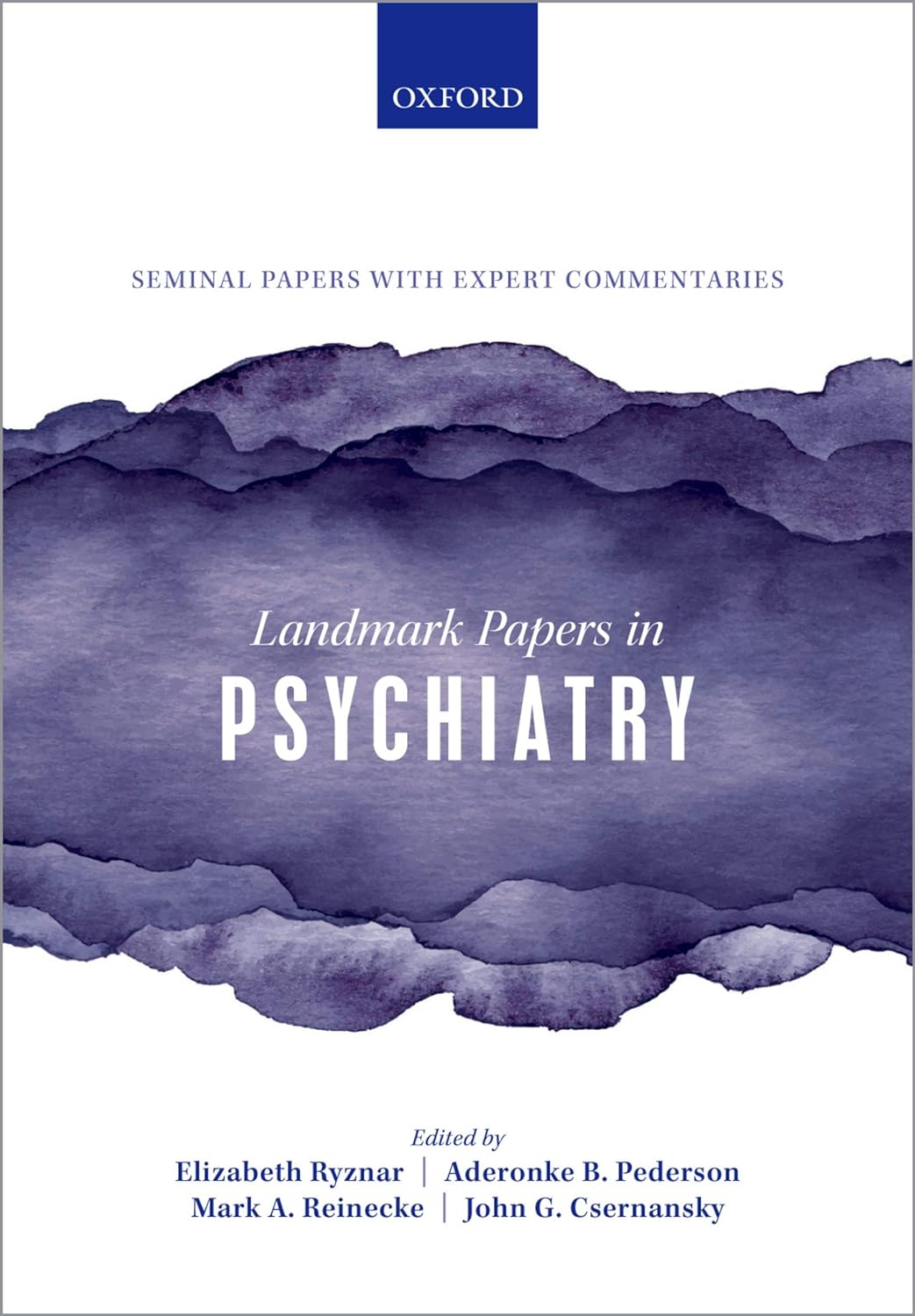- Last edited on February 1, 2024
Landmark Psychiatric Research Studies and Papers
Primer
There are many landmark psychiatric studies in psychiatry that clinicians should be aware of. Key studies are listed below (work in progress).
STAR*D
Level 1
STAR*D (Sequenced Treatment Alternatives to Relieve Depression) was an NIMH study that compared the effectiveness of various antidepressants. STAR*D was actually a multi-level study, with 4 levels. In Level 1 of STAR*D, patients with major depressive disorder were treated on citalopram. Remission and response rates, treatment length, and features associated with remission were investigated. comorbidities.
STAR*D (Level 1) Design
| Design | Open-label, pragmatic |
|---|---|
| Year | 2006 |
| Sample size | N = 2876 |
| Population | Ages 18-75, non-psychotic major depressive disorder (Hamilton Depression Rating Scale [HAM-D] ≥14) |
| Sites/Locations | Clinical sites across the United States providing primary or psychiatric care. |
| Allocation | All patients received citalopram (open label), with no placebo control |
| Follow up | Up to 14 weeks |
| Primary outcome | Remission (HAM-D ≤7) |
| Secondary outcomes | Remission (Quick Inventory of Depressive Symptomatology, Self-Report [QIDS-SR]≤5), or response (QIDS-SR reduction of ≥50% in baseline score). |
Key Findings
- Remission rates were about 30%, and required at least 8 weeks of citalopram.
- Higher remission rates were in patients who were caucasian, female, employed, had higher level of education, and had less psychiatric comorbidity.
Reading
CATIE
Clinical Antipsychotic Trials of Intervention Effectiveness (CATIE) was an NIMH study designed to compare the effectiveness of antipsychotic drugs in adults with schizophrenia in the United States.
CATIE Study Design
| Design | Randomized Controlled Trial |
|---|---|
| Year | 2005 |
| Sample size | N=1,493 |
| Population | Adults with schizophrenia, ages 18-65 |
| Sites/Locations | 57 sites in the United States |
| Allocation | Participants were randomly assigned to receive 1 of 5 antipsychotics: olanzapine, perphenazine, quetiapine, risperidone, and ziprasidone. |
| Follow up | Patients were followed for 18 months or until treatment was discontinued |
| Primary outcome | Discontinuation of treatment for any cause |
| Secondary outcomes | Inefficacy, intolerability due to weight gain, extrapyramidal side effects, sedation, Positive and Negative Syndrome Scale (PANSS), Clinical Global Impressions (CGI) Scale. |
Key Findings
- Rates of discontinuation were high for all antipsychotics (64%-82%)
- Risperidone was significantly associated with hyperprolactinemia
- Patients on olanzapine experienced a longer time to discontinuation (i.e. - stayed on it the longest), but they also had greater weight gain, hyperglycemia, and hyperlipidemia (compared to every other antipsychotic in the trial)
Reading
TDCRP
The National Institute of Mental Health (NIMH) Treatment of Depression Collaborative Research Program (TDCRP) was a multisite RCT that compared medication, CBT, IPT, pharmacotherapy with clinical management, and clinical management alone. High baseline depression severity in patients showed that those receiving medication did best followed by patients receiving IPT which outperformed CBT in this study

